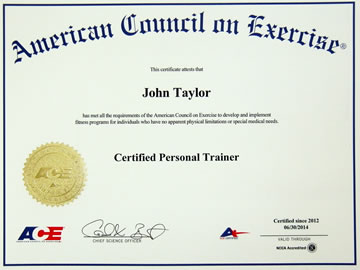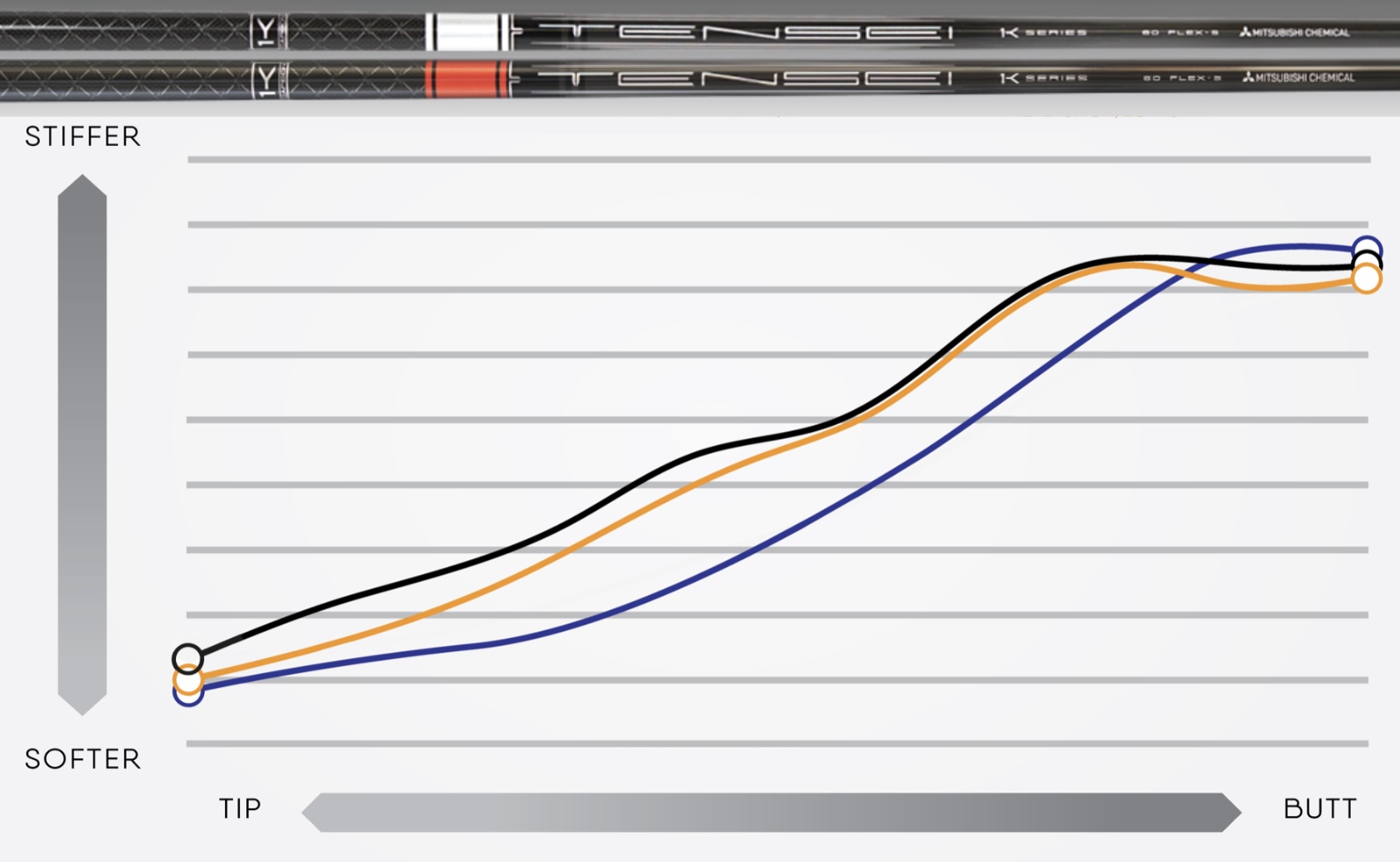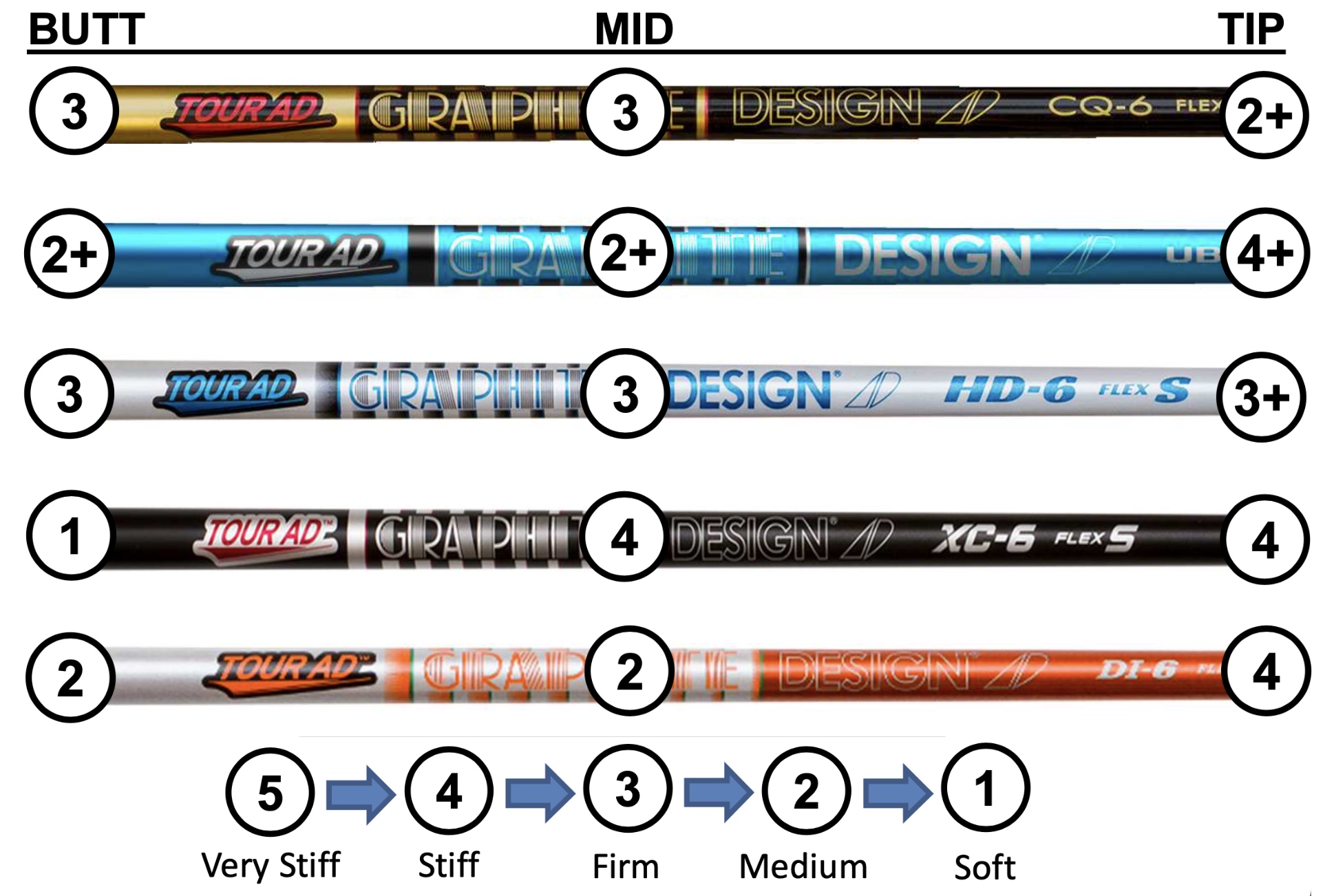USGA Jr Girls Match
Serious golf at the USGA Junior Girls Championship really starts with match play. To reach this point, 156 of the best junior golfers in the world must qualify through 2 days of stroke play -- medal play is the correct term. Clearly the girls need to play well enough the first two days to make the top group of 64 players, and it takes a playoff to set the cut line. But match play brings a completely different sense of competition.
Match play is one player vs another player. It is a satisfying blend of strategy and skill. You can have a blow up hole and it doesn't destroy your chance of winning the match; it just costs one hole. A steady player can calm the nerves and come back to win the next hole or the one after and be back in the game. Players who focus and stay within their pre- and post-shot routines have the best chance of winning in match play all other considerations being equal.
At the 2012 USGA Junior Girls Championship we were privileged to watch some of the best golf to be seen anywhere. Lake Merced Golf Club hosted the tournament and provided a full-blooded championship quality course that challenges the best pros. The junior players faced a tough test of golf.
The international field had world top-ranked players including Lydia Ko from New Zealand and Ariya Jutanugarn from Thailand. These two players overpowered their opponents in match play. Lydia had setup and swing qualities that demonstrated near-perfect form and mechanics. She generated effortless power and accuracy combined with steady play on the greens. Lydia showed why she was ranked world's number one.
Ariya's game was a combination of explosive power off the tee and a silky smooth wedge stroke that put her in position to make birdies when it counted. When she brought her complete game to the course, she was unbeatable. She won the stroke play competition. At 16, both girls already have pro level skills. And based on what we saw at LMGC this week, they were not alone.
The brilliance of Lydia and Ariya's game almost overshadowed the superb golf exhibited by the rest of the field. But in the quarterfinals, the excitement of match play showed itself. In this format a skilled player with a hot club can take on the top ranked players and win. It's golf -- anyone who plays the game knows the story.
On heartbreak hole seventeen at LMGC, both Lydia and Ariya met their match. Alison Lee from Valencia CA defeated Lydia Ko, and Minjee Lee from Australia defeated Ariya Jutanugarn. We watched most of both matches and were captivated by the quality of the play. All four girls played at the highest level and fought through competition nerves. They played brilliantly but the players who made the fewest mistakes won.
We encourage all young golfers to watch the junior girls championship to see exactly what high level play from their peers looks like. Golf like this needs to be seen and felt up close. For any young player thinking of greater things in golf, this tournament is a must.





























 John Taylor
John Taylor